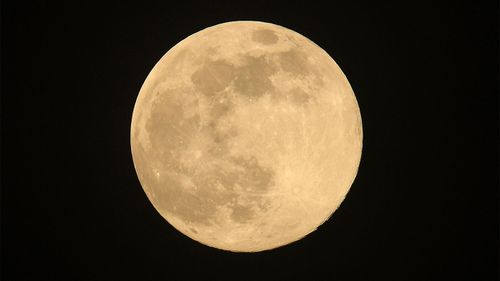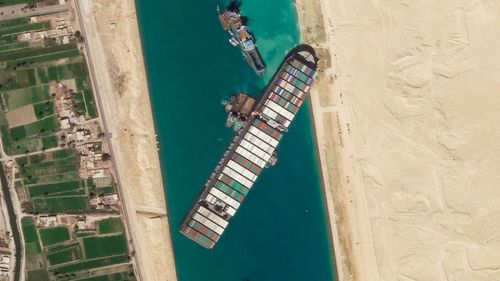Sunday’s so-called full “Worm moon” led to a high spring tide – about 46cm above normal – on Monday, which eased the process of straightening out and dislodging the ship, according to NASA.
Spring tides have nothing to do with the season; it’s a historical term for when tides “spring forth” during new and full moons, according to the National Ocean Service.

While there are 12 to 13 full moons in a year, only six to eight are associated with a tide high enough to do what was done on Monday – because the moon is closest to Earth during those full moons, said CNN meteorologist Judson Jones.
“It is not uncommon for these tides to be a foot higher than other high tides during the year when the moon is further from the Earth,” Jones said. “It is no doubt that these high tides were part of the strategy for dislodging such a massive ship.”

The Native American tribes in the US South call the March full moon the Worm moon because the earthworm casts – soil that the worms digest – become visible as the ground thaws at this time of year.
The successful refloating was met with triumph and relief, as hundreds of vessels that have been trapped in the pivotal shipping lane since March 23 prepare to restart their journeys.
The challenge now is dealing with the backlog and congestion of the ships, which, working day and night, could take more than three days to clear.

This content first appear on 9news
